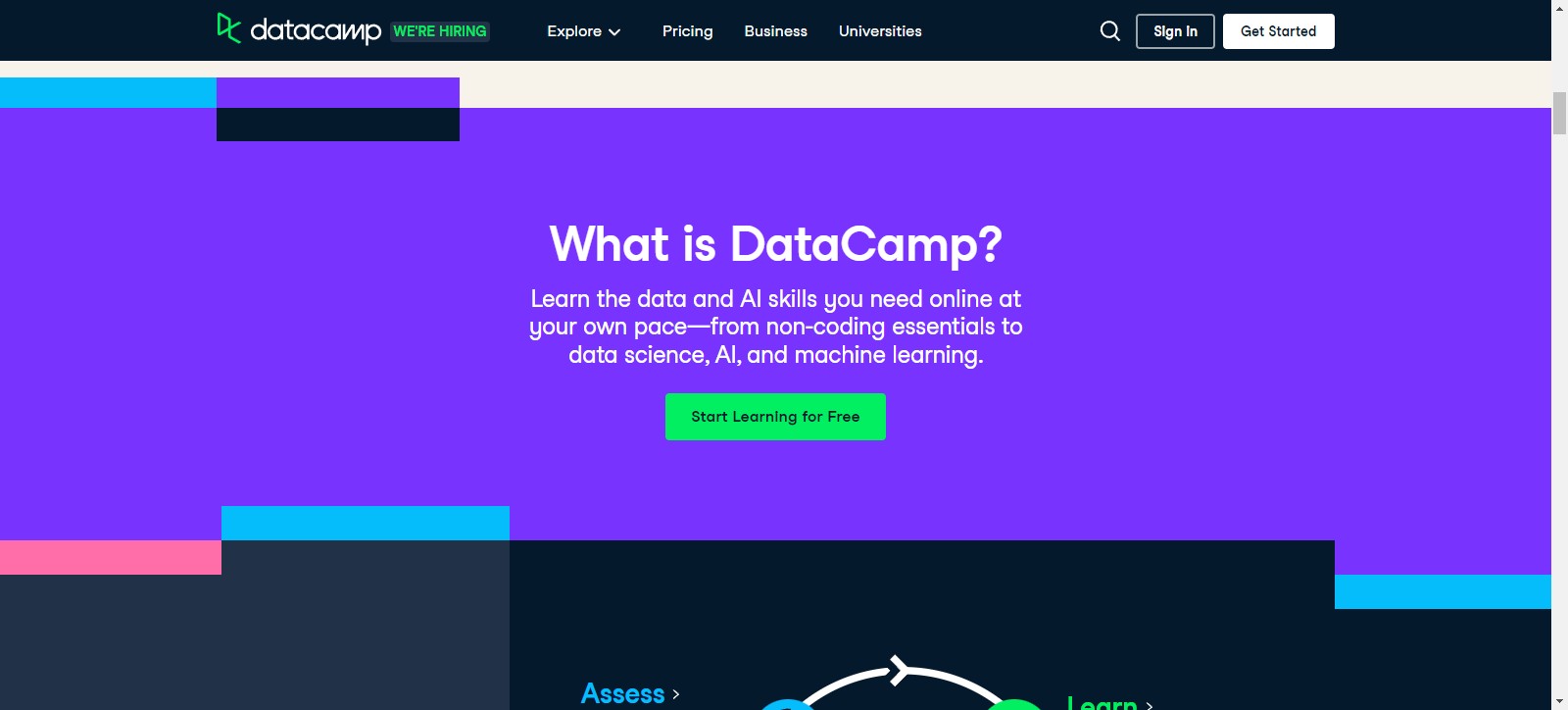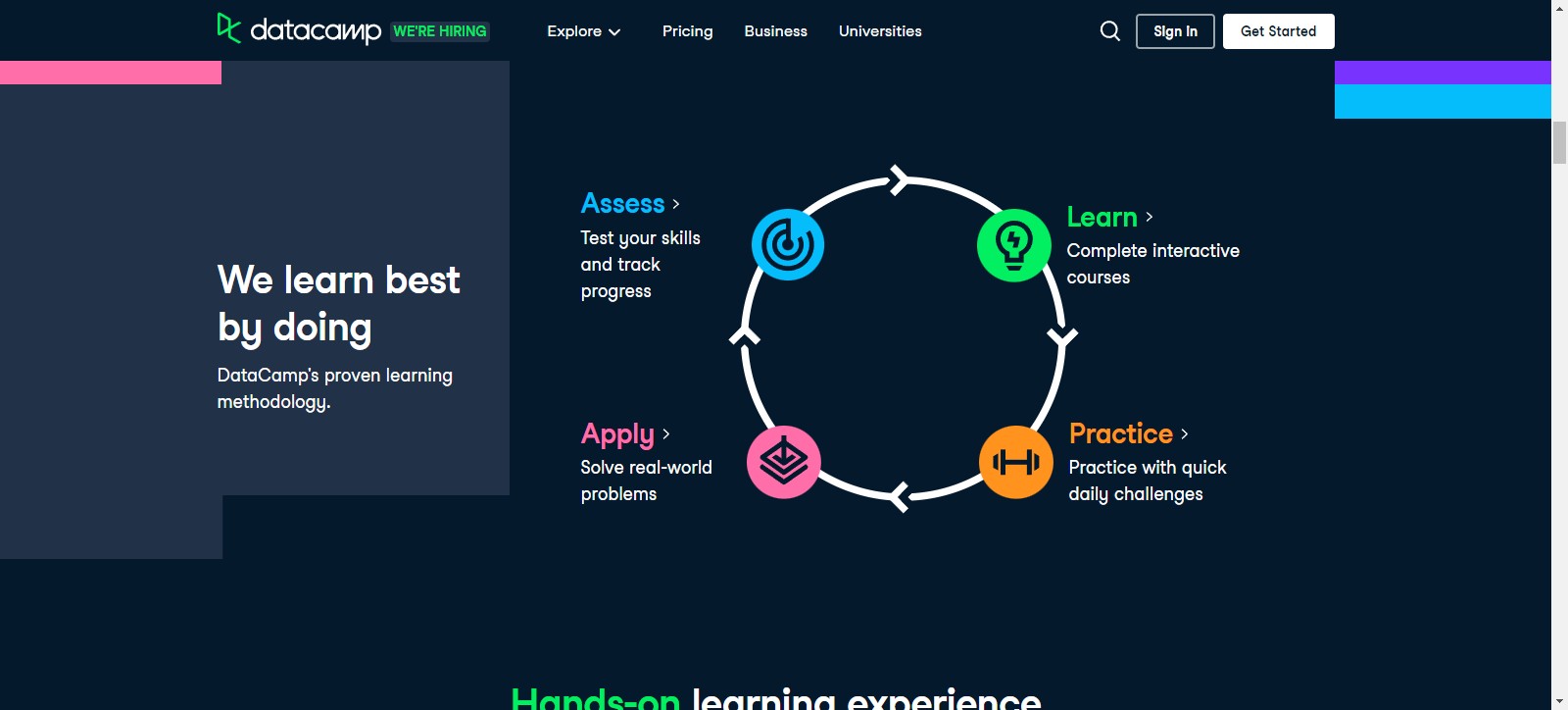
Are you ready to take your SQL skills to the next level? Whether you’re a novice looking to learn the basics or an experienced professional seeking advanced techniques, Official-Datacamp is here to elevate your SQL game. With their comprehensive courses and hands-on exercises, you’ll master the art of querying databases in no time. In this blog post, we’ll explore the different types of SQL, discuss its pros and cons, delve into what databases are compatible with SQL, and provide you with some valuable SQL recipes. So get ready to unlock the full potential of this powerful language and become a true SQL expert!
The Different Types of SQL
When it comes to SQL, there are several different types that you should be aware of. The most commonly used variant is called “Standard SQL” or “SQL-92.” This version follows the standards set by the American National Standards Institute (ANSI) and the International Organization for Standardization (ISO). It provides a universal syntax and functionality that can be applied across various database systems.
Another popular type is “MySQL,” which is known for its ease of use and wide availability. MySQL is an open-source relational database management system that supports multiple platforms. Its flexibility makes it a favorite among developers and small businesses alike.
If you’re working with Microsoft products, then “Transact-SQL” (T-SQL) might be your go-to option. T-SQL is an extension of standard SQL and includes additional features specific to Microsoft’s SQL Server platform. It offers advanced functionalities such as stored procedures, triggers, and user-defined functions.
For those in the Oracle ecosystem, “PL/SQL” (Procedural Language/Structured Query Language) would be your language of choice. PL/SQL allows users to write procedural code within their SQL statements, enabling them to create complex logic directly in the database.
No discussion about different types of SQL would be complete without mentioning PostgreSQL’s version called “PL/pgSQL.” Similar to PL/SQL, this variant also allows for writing procedural code alongside your queries but specifically caters to PostgreSQL databases.
These are just a few examples showcasing the diverse landscape of SQL variants available today. Each type may have its own unique features and nuances, so it’s essential to familiarize yourself with the specific flavor you’ll encounter in your work environment or project requirements.
Pros and Cons of SQL
SQL, or Structured Query Language, is a powerful tool that allows you to manage and manipulate databases. Like any other technology, SQL has its pros and cons that you should consider before diving in.
One of the major advantages of SQL is its simplicity. The language follows a clear syntax and uses English-like commands, making it easy for beginners to understand and use. With just a few lines of code, you can retrieve data from multiple tables, perform calculations, filter results, and much more.
Another benefit of SQL is its versatility. It’s compatible with various database management systems like MySQL, Oracle, PostgreSQL, and Microsoft SQL Server. This means that once you learn SQL fundamentals, you can easily apply your knowledge across different platforms.
SQL also offers great scalability. Whether you’re working with small datasets or huge volumes of information, this language can handle it all efficiently. Its ability to process complex queries quickly makes it ideal for businesses dealing with large amounts of data.
On the flip side though are some limitations associated with using SQL alone. One drawback is that learning advanced techniques might take time as the complexity increases when dealing with more intricate queries or manipulating complex data structures.
Additionally,
while SQL provides excellent tools for managing relational databases,
it may not be suitable for handling unstructured or semi-structured data types.
For such cases,
other technologies like NoSQL databases or Big Data frameworks might be more appropriate choices.
In conclusion,
whether you choose to embrace the power of SQL depends on your specific use case.
Considering its simplicity,
versatility,
and scalability
are key factors when deciding if it’s the right fit for your needs.
But remember,
learning new skills always opens doors to valuable opportunities in today’s data-driven world
What Databases to Use with SQL?
When it comes to working with SQL, choosing the right database is crucial. Different databases have their own strengths and weaknesses, so it’s important to understand which one will best suit your needs.
One popular option is MySQL, known for its reliability and ease of use. It’s widely used in web applications and offers excellent performance for small to medium-sized datasets.
Another option is PostgreSQL, a powerful open-source database known for its advanced features and high level of data integrity. It’s great for handling large datasets and complex queries.
If you’re looking for a cloud-based solution, then Amazon Aurora might be worth considering. Built on top of MySQL or PostgreSQL, it offers scalability and durability while minimizing downtime.
For those dealing with big data projects, Apache Cassandra could be the answer. Designed for high availability and fault tolerance, it excels at handling huge volumes of structured and unstructured data across multiple servers.
And let’s not forget about Microsoft SQL Server, which provides robust security features along with seamless integration with other Microsoft products.
The choice of database depends on your specific requirements – whether it’s scalability, performance, security or ease of use. So take some time to evaluate your needs before making a decision.
SQL Recipes
In addition to the various types of SQL, there is a valuable resource that can help you take your skills to the next level: SQL recipes. These are pre-written queries or scripts that provide step-by-step instructions on how to solve common data problems using SQL.
SQL recipes serve as a guide for both beginners and experienced practitioners. They offer practical examples that demonstrate how to handle real-world scenarios in an efficient and effective manner. Whether you need to perform complex calculations, manipulate large datasets, or generate insightful reports, SQL recipes can be incredibly helpful.
By studying and applying SQL recipes, you can not only improve your technical proficiency but also develop a deeper understanding of the underlying concepts and principles of database management. It allows you to learn from industry experts who have already encountered similar challenges and found successful solutions.
One advantage of using SQL recipes is that they save time by providing ready-made templates for common tasks. Instead of starting from scratch every time you face a problem, you can refer to these recipes for guidance. This accelerates your learning process and enables faster execution when working on projects or analyzing data.
Moreover, SQL recipes promote consistency in coding practices. By following established patterns and best practices laid out in these guides, you ensure that your code is clean, organized, and maintainable. Consistency makes it easier for other developers (and even yourself) to understand and modify the code in the future.
However, it’s important not to rely solely on SQL recipes without fully grasping the underlying concepts behind them. While they provide immediate solutions to specific problems, truly mastering SQL requires a comprehensive understanding of database design principles, query optimization techniques,
and relational algebra.
To become an expert in SQL means going beyond just copying existing code snippets; it involves honing critical thinking skills so that you can adapt those recipe-based approaches into unique solutions tailored specifically for each situation.
In conclusion…
Taking your SQL skills from novice-level all the way to expert status is an exciting journey. With the help of Official-Datacamp













